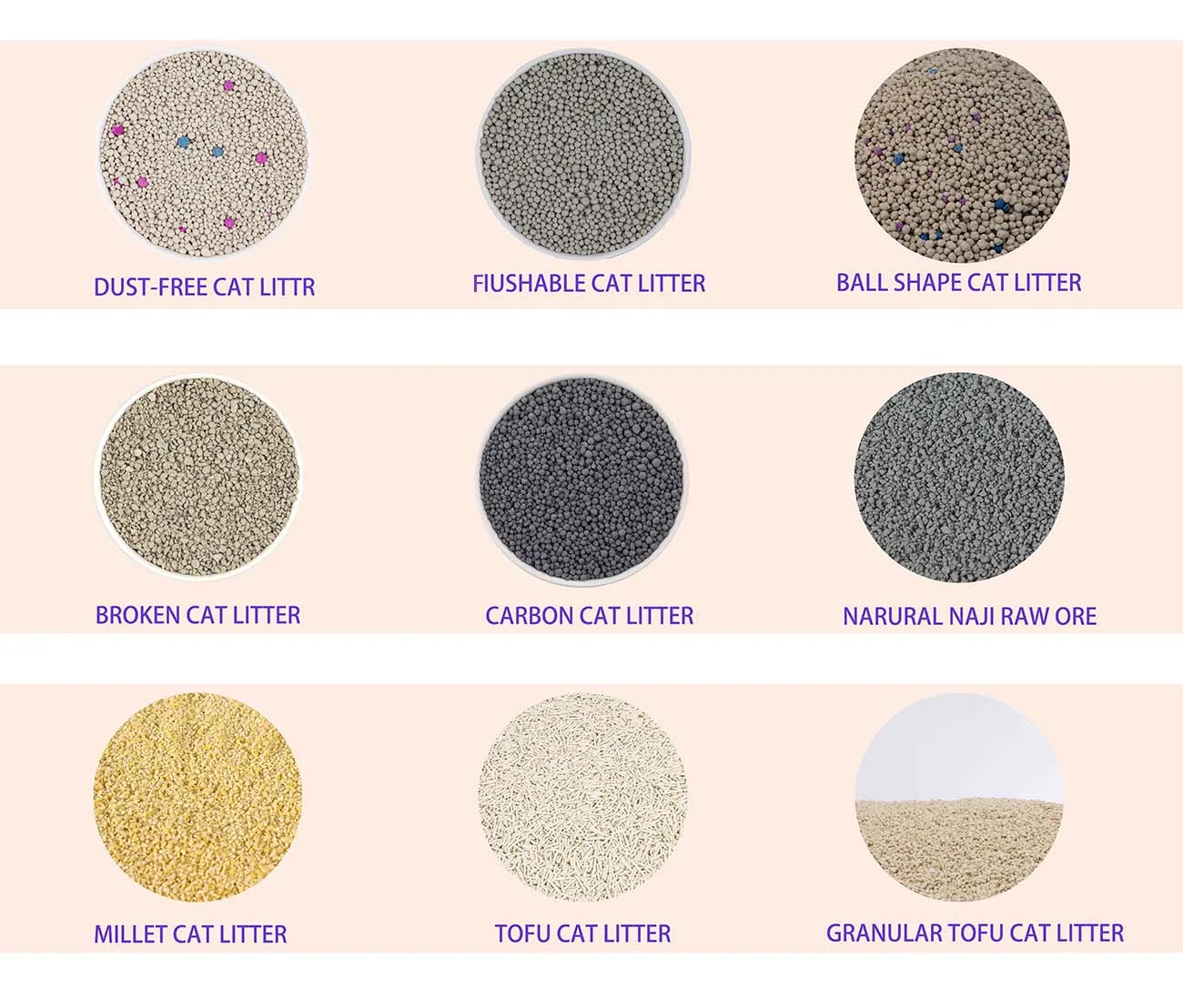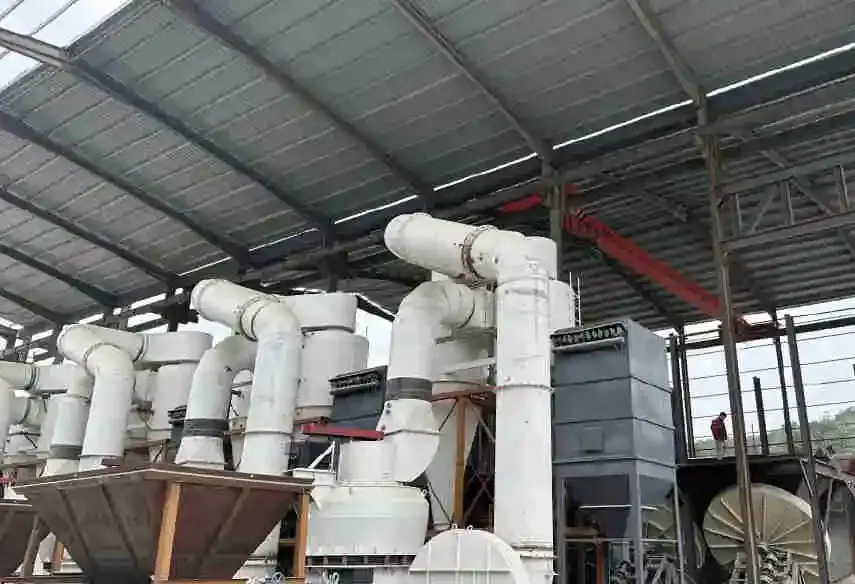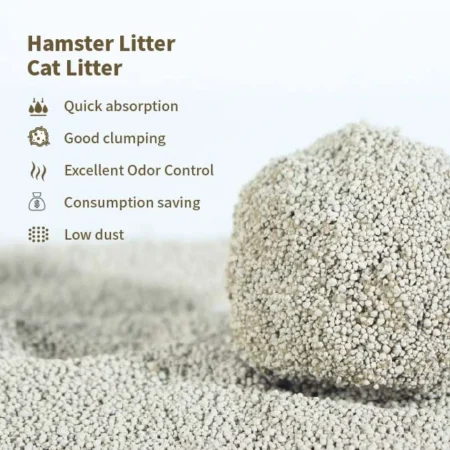Tofu
Cassava
Millet
Crystal
CAT LITTER MANUFACTURER
CAT LITTER

Choose Your Cat Litter Now


Top Selling Products
-
Natural Sodium-Bentonite Cat Litter
Rated 5.00 out of 5(2 reviews) -
Dust-Free Natural Sodium-Bentonite Cat Litter
Rated 5.00 out of 5(2 reviews) -
Hamster Litter Cat Litter
Rated 5.00 out of 5(2 reviews)
On Sale Products
-
Broken Tofu Mixed Zeolite Cat Litter
Rated 5.00 out of 5(2 reviews) -
Broken Tofu Cat Litter
Rated 5.00 out of 5(2 reviews) -
Bar Tofu Mixed Zeolite Cat litter
Rated 5.00 out of 5(2 reviews)

Mixture
Usual
Type More then
Function
Usual
Color
Tofu litter available in 8 colors. We can do all the grain colors you want.
Fragrance
With over 14 scents to choose from, we have all the scents you want.
With over 14 scents to choose from, we have all the scents you want.

Package
You can choose from existing packing designs
You can choose existing packing designs


We can help you with a brand new design
We can help you with a brand new design
You can customize it if you want
Industry Leading Cat Litter Manufacturer
We have more than 20 years of professional customization experience and we never stop innovating. We have more than 6 Raymond machines, 300,000 monthly output, more than 24 automated production machines, more than 185 acres of land area.Whether it is new products, new formulations or new packaging designs, we are constantly creating.
Factory Display
Cat Litter Process

Bentonite raw material is sent to Raymond machine for pulverization and processed into 200 mesh powder. This step is to ensure uniformity and fineness of the litter particles.

The crushed bentonite powder was fed into a granulator for granulation. Through the action of a granulator, the powder is made into cat litter particles of a certain size. During the granulation process, clean water needs to be added drip by drip evenly to control the size and shape of the litter particles. Generally, the particle size of the granulated finished product is set to 0.8 to 5mm.

The granulated wet litter was fed into a roller dryer for dehydration and drying. The water content of cat litter was reduced to less than 6% by drying and dewatering at high temperatures. After drying, cat litter needs to be cooled naturally to remove excess heat and moisture.










